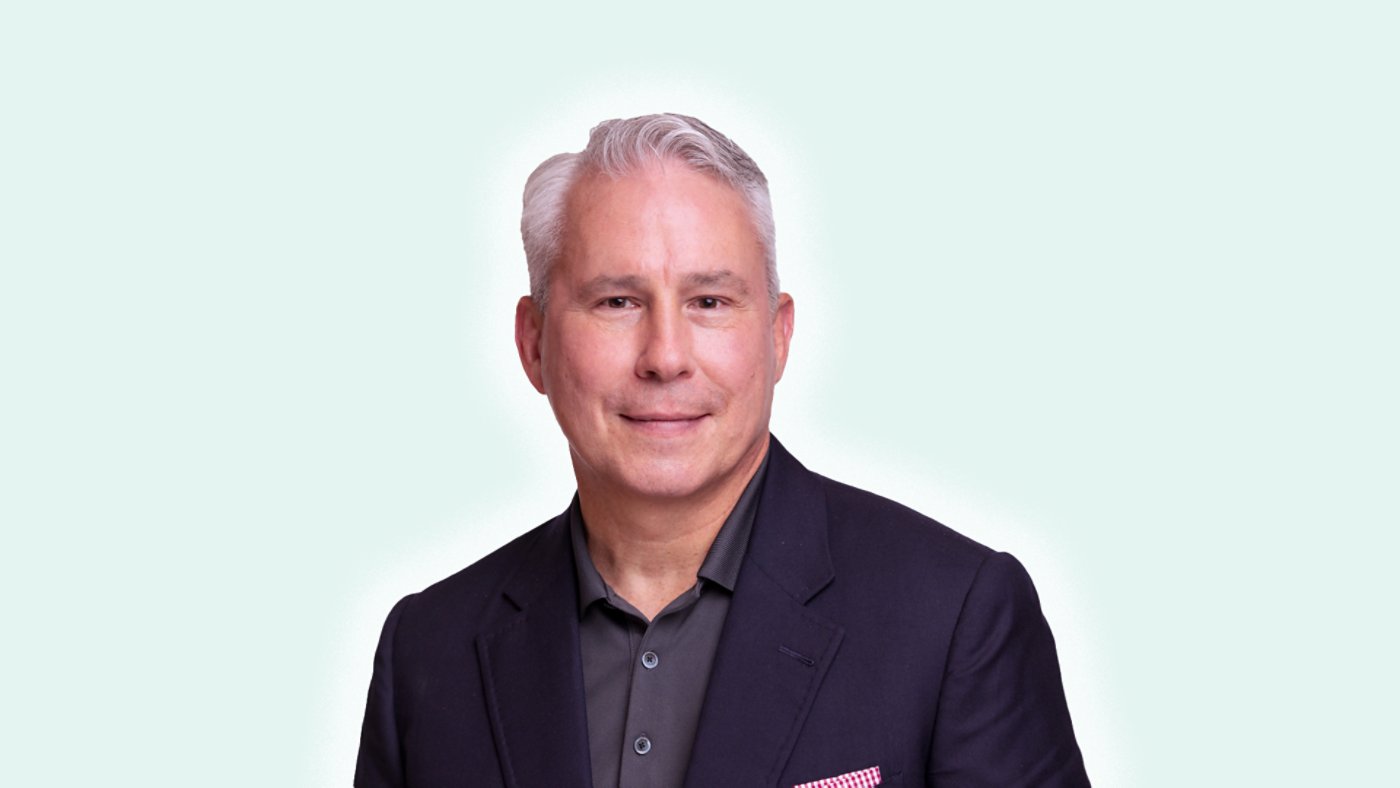
AI is everywhere, embedded across global enterprises to drive business growth. Kyndryl’s inaugural People Readiness Report explores how executives are readying their workforces for an AI-driven future. It highlights how a small group – AI Pacesetters – have aligned their workforce, technology and growth plans to deliver results.
Key findings
Methodology
The Kyndryl People Readiness Report surveyed more than 1,000 business and technology leaders in eight markets to uncover how organizations are managing the pace of change related to AI and continuous technological innovation, the roadblocks they have encountered and the actions they must take to better prepare their workforces. The survey was conducted between February 20, 2025, and March 21, 2025.
Embracing AI
95%
of businesses are implementing AI across their global enterprises
71%
of business leaders say their workforces are not ready to fully benefit from AI
45%
of CEOs think most of their employees are resistant or even openly hostile to AI
As organizations adopt AI, many have yet to see strong returns. Despite widespread implementation, most aren’t leveraging AI for transformative use cases. Only 21% of leaders use AI in products and services, and just 4 in 10 apply it to decision-making or growth.
Organizations have made progress but have more work to do. Executives understand the enormous potential to transform their businesses. Most have developed a strategy to implement and use AI but haven’t yet fully implemented it.
The report highlights how a small group of companies have aligned their goals and brought their workforces along, offering a roadmap to full readiness.
AI Pacesetters
14%
a small group of AI Pacesetters have aligned their workforce, technology and growth goals.
What benefits are AI Pacesetters seeing?
01
Organizational change: Nearly two times as likely to say their workforce is completely ready to navigate AI-related change
02
Trust: More than two times as likely to say their employees are enthusiastically embracing AI
03
Skills: Less concerned about skills gaps; four in 10 report no skills challenges

Kim Basile
Chief Information Officer,
Kyndryl
“Businesses that can get alignment at the top are not only marching in the same direction, but are seeing the benefits. Aligning technology strategies with broader business goals is the top action leaders need to take to fully benefit from AI.”

Maryjo Charbonnier
Chief Human Resources Officer,
Kyndryl
“Preparing your workforce for the era of AI is easy to say, hard to do and an urgent imperative for business leaders. At Kyndryl, we run an entire ecosystem of culture and systems that readies our people and our business for continuous change.”

Michael Bradshaw
Global Practice Leader,
Applications, Data and AI, Kyndryl
“This report shows that while data architecture and technology infrastructure are key pieces of the puzzle, organizations that do not prioritize their workforces
will miss out.”
Explore the full report to see how the AI Pacesetters have aligned their technology and business goals, and what steps they have taken to ready their workforce for the future.




